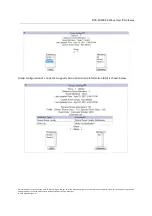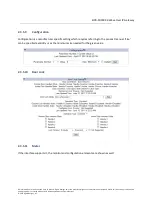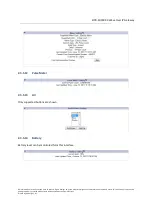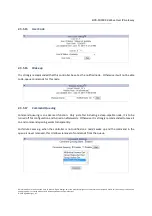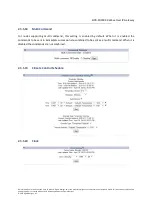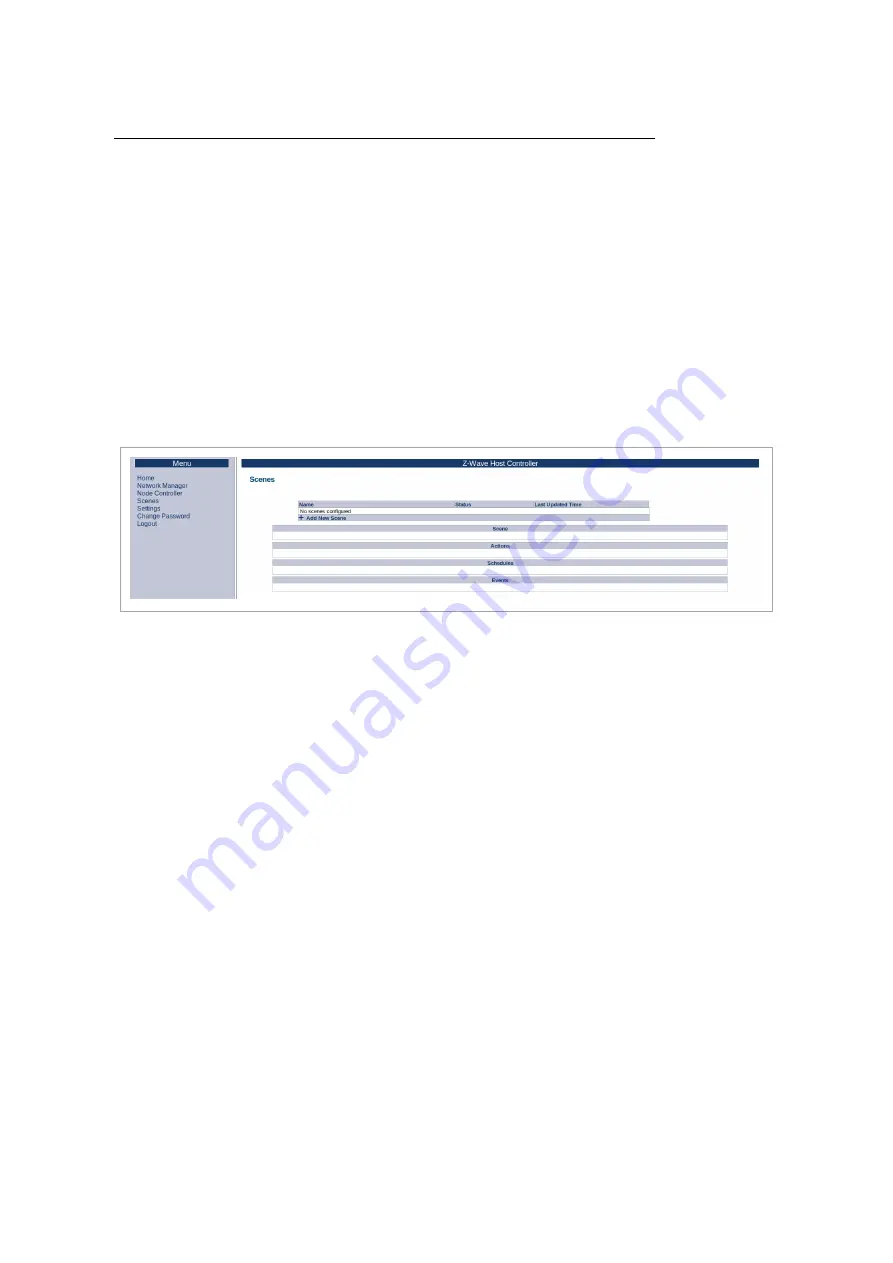
ZIPR-SD3503 Z-Wave Over IP Gateway
1
1
All information are correct at the time of release. Sigma Designs owns the proprietary rights to the information contained herein this document. It may not be
edited, copied or circulated without prior written agreement by Sigma Designs.
© 2012 Sigma Designs, Inc.
2.3.6
Scenes
Scenes can be used to create a set of Actions which could be executed (activated) by any of the
following triggers
1)
Manual
A user can manually execute a Scene by using the “Execute Scene” button on Scene webpage
2)
Schedule
A schedule can be added to a Scene which can be used to execute a Scene on a preset time
3)
Events
Device events (unsolicited reports) from Sensor devices can be used to execute a Scene
The main features of Scenes are:
1)
Actions
The Device Actions are the collection of commands to perform some operation on a device. A
scene may contain a single Action or many of them. A Device Action uses Z-Wave SET command
to accomplish the operation.
2)
Schedules
A schedule can be set to execute a Scene on any or every day of the week at a preset time. The
Schedule remains active till it is disabled or deleted.
3)
Events
Devices such as motions sensors can be used to execute a Scene by having Events trigger as part
of the Scene.
4)
Persistence
A Z-Wave Scene is saved to a persistent storage and is loaded back when the Webs server starts
again.
5)
Scene status
If the current state of Z-Wave devices matches the desired state as listed in Scene Actions, then
a Scene is considered “Active”. If any of the Actions does not match with the current state of a
device then the Scene becomes “Inactive”. Initially the status of a Scene is shown as “Unknown”.
When a Scene status is known (either Active or Inactive), the Action that match with the current






